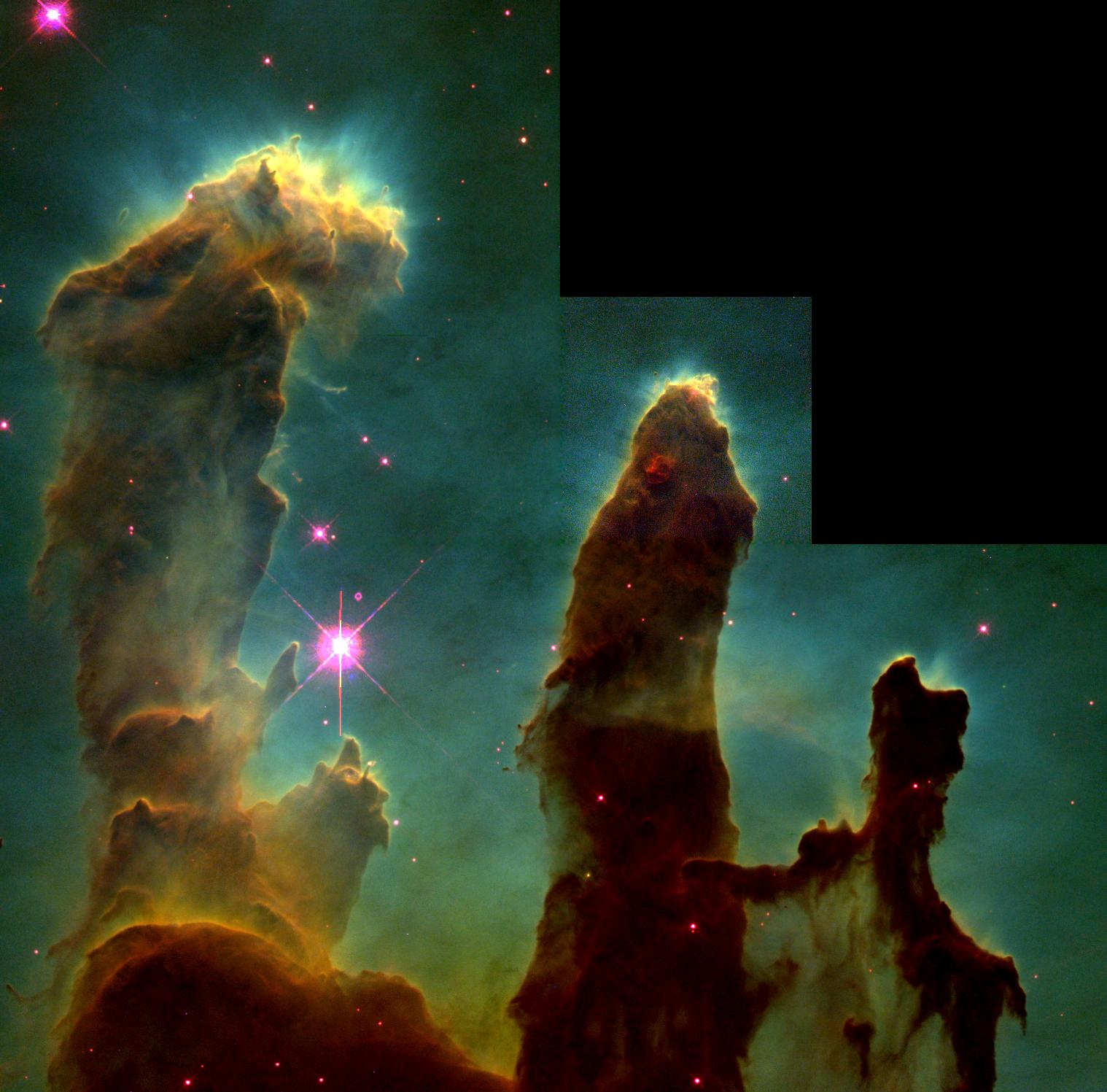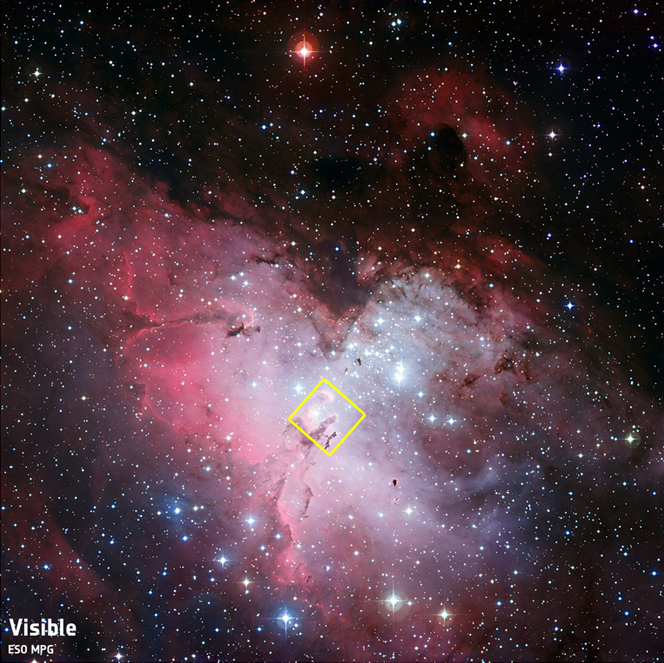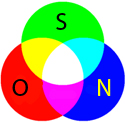
| Rob Hawley's Pages | Almaden Observatory Main Page |
May 2014 - in progress
Messier 16 and Messier 17 are two close Messier objects located on the border of Serpens, Scutum, and Sagittarius. M16 is technically an open cluster, but it is closely associated with a nebula that early observers likely did not see. Even today the nebula is tough requiring dark skies, a large aperture, and O III filter to detect visually. Photographically the cluster is lost in the nebulosity.


|
|
click to zoom into a full size
image
|
 Hubble
Hubble |
 ESO MSG LRGB Image |
|
This work (OSN)
|
|
 click on the image above to view
the 2x magnified drizzle image
 |
@
 click on the image above to view
the 2x magnified drizzle image
 |
 click on the image above to view
the 2x magnified drizzle image
 |
 click on the image above to view
the 2x magnified drizzle image
 |
| Filter |
Exposure |
|---|---|
| Nitrogen | 26x900 |
| Oxygen | 27x900 |
| Sulfur | 23x900 |
| Hydrogen |
in progress |
| Operation | Mask |
|---|---|
| Channel Combination | |
| Histogram Transformation | |
| HDR Multiscale Transform -Small Scale 3 | A_L |
| MMT | L_minusbrightstars |
| MT | star_mask |
| ACDNR | |
| HT | ~A_L |
| LHE | A_L |
| Curves (mild S) |